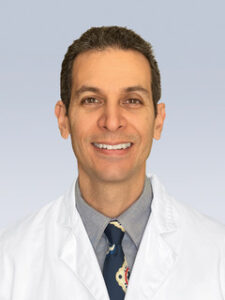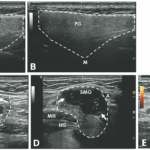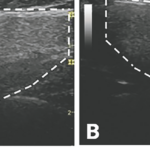I also ask patients if their contacts fall out by the end of the day. If the answer is yes, I’ll want to do objective dry eye testing. It’s a good way to screen for dry eye in patients who may not be aware of it.
Dr. Johr (CJ): When it comes to dry mouth, I get suspicious when patients tell me they have surprising and severe dental disease. For example, someone [who] used to never get any cavities and now finds three or four at each dental visit for no reason whatsoever; or the other day they cracked a tooth just by eating steamed broccoli. As for dry eye, when the patient’s ophthalmologist has gone beyond the usual conservative measures of artificial tears and warm compresses by prescribing topical cyclosporin, placing tear duct plugs, etc., it gets my attention.
I also get concerned for SjD when you couple fibromyalgia symptoms, such as chronic widespread musculoskeletal pain and fatigue, with more objective findings, such as a positive anti-nuclear antibody (ANA) or rheumatoid factor, history of ILD or even a family history of systemic autoimmune disease. If you add objective findings to a subset of the more typical subjective symptoms, that raises my concern.
TR: Is it possible to diagnose SjD in the absence of sicca symptoms?
DD: Yes, because not all patients realize they’re dry. Dryness is relative. You only know what your own eyes and your own mouth feel like, so some people have no idea that they’re dry, especially if it started when they were super young. I have patients where I’ve looked in their mouths, and it’s like a desert in there, but they have no idea.
CJ: I have seen many patients who don’t complain of dryness, but when tested, are in fact very dry. The subjective symptoms often don’t match the objective signs, and this is well documented in the literature.
So look for objective measurements of dryness when you suspect SjD. A Schirmer’s test and whole mouth unstimulated sialometry (salivary flow rate) can be done in the office and take five minutes to complete. The latter involves spitting into a specimen cup that has been pre-weighed on a scientific scale and then weighing the cup again afterwards. I think every rheumatology office should have a scientific scale. They are inexpensive and you can easily train your staff to do the testing.



